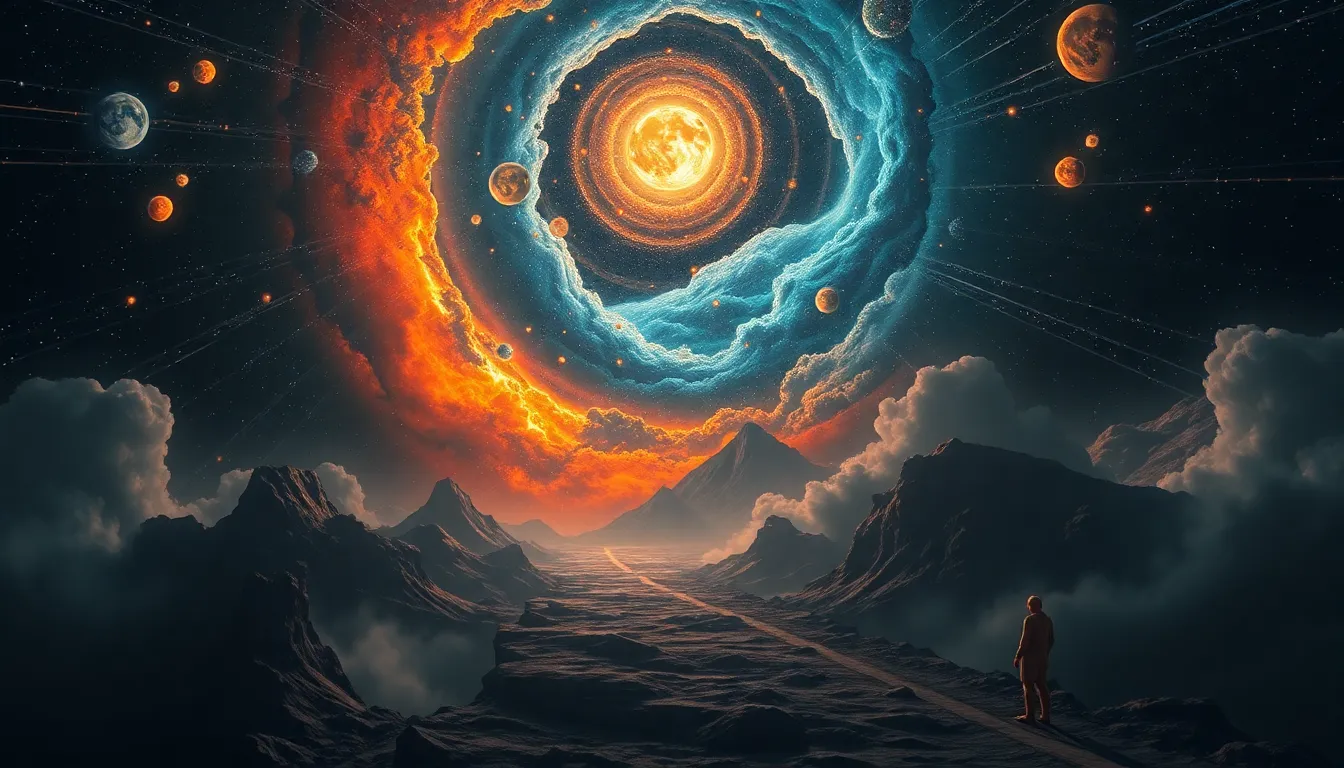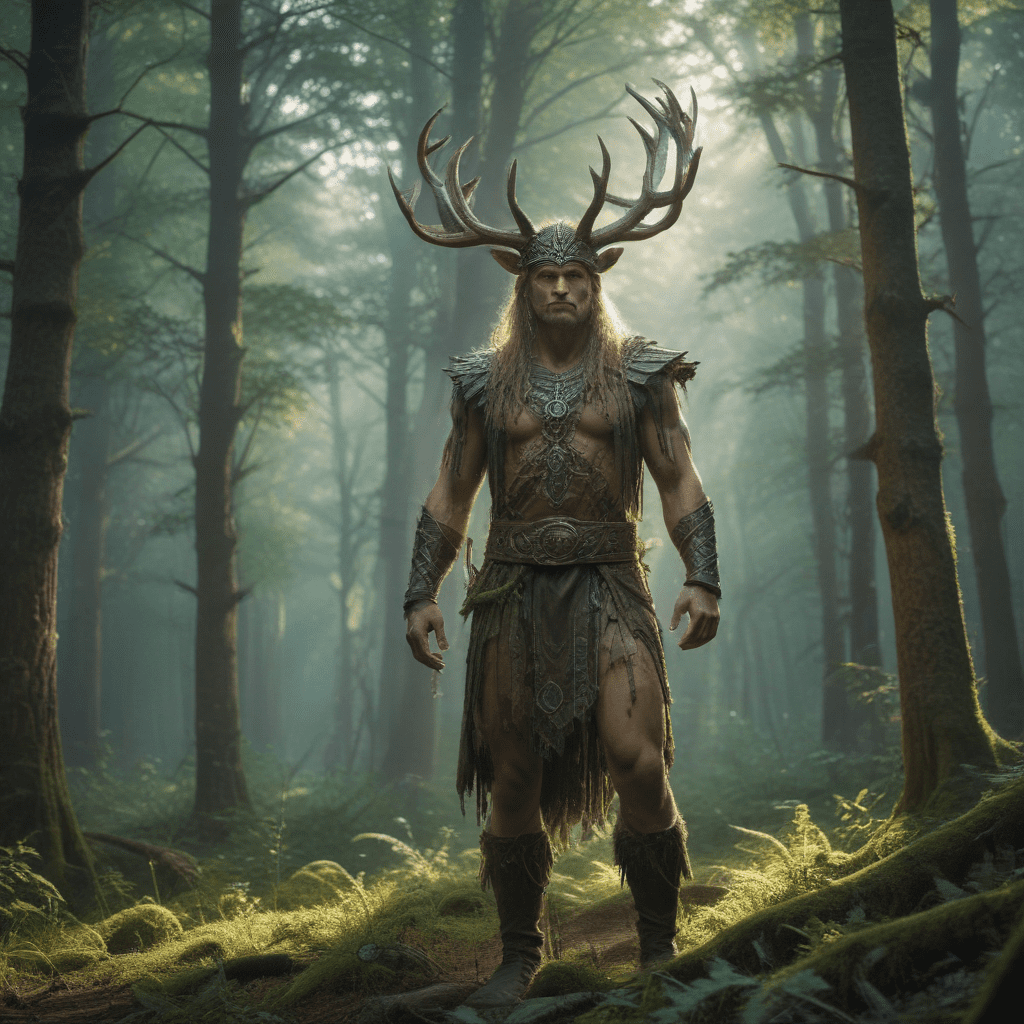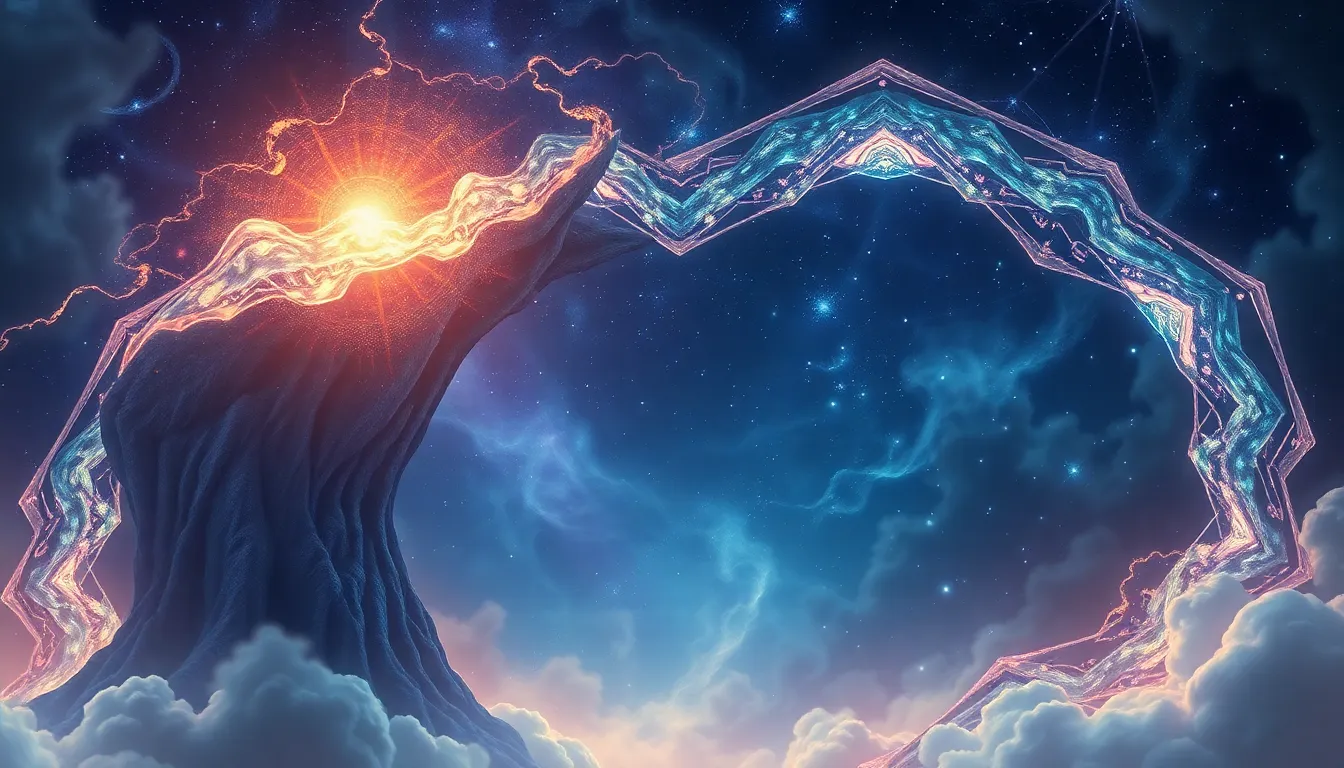The Cosmic Journey: How Creation Myths Guide Our Understanding
Introduction to Creation Myths
Creation myths are foundational narratives that explain the origins of the universe, humanity, and the natural world. They exist in various forms across cultures and have been passed down through generations. These myths serve not only as religious or spiritual tales but also as frameworks that shape cultural identities and societal values. In this article, we will explore the significance of creation myths, their role in human culture, and their enduring impact on our understanding of the cosmos.
The Role of Creation Myths in Human Culture
Creation myths play a crucial role in shaping the values and beliefs of societies. They offer explanations for life’s mysteries, providing meaning to existence. Through these narratives, communities construct their worldviews, often reflecting their historical contexts, environmental conditions, and social structures.
Furthermore, creation stories have a profound psychological impact on individuals. They contribute to personal identity and collective memory, helping people make sense of their place within the universe. Key aspects of this influence include:
- Establishing moral guidelines and ethical principles.
- Fostering a sense of belonging and community.
- Encouraging resilience in the face of challenges.
Comparative Analysis of Creation Myths
Across the world, various cultures have developed unique creation myths that reflect their distinct environments and experiences. Here we will examine a few notable examples:
- Hindu Mythology: The Hindu creation myth describes the universe’s cyclical nature, emphasizing the concepts of Brahma (the creator), Vishnu (the preserver), and Shiva (the destroyer).
- Christian Creation Story: In the Book of Genesis, God creates the world in six days and rests on the seventh, establishing a linear conception of time and creation.
- Indigenous Narratives: Many Indigenous cultures have creation myths that emphasize harmony with nature, often featuring animal spirits and natural elements as central figures.
While these myths differ significantly, common themes often emerge, such as the emergence of order from chaos, the importance of balance, and the interconnectedness of all life forms.
The Cosmic Journey: From Chaos to Order
A recurring theme in many creation myths is the transition from chaos to order. This thematic progression reflects humanity’s struggle to understand the universe’s complexities. For instance:
- In the Babylonian creation myth, Marduk battles the chaos monster Tiamat, symbolizing the victory of order over chaos.
- In Greek mythology, the cosmos emerges from the primordial chaos, as seen in the works of Hesiod.
- Similar motifs are found in African and Indigenous myths, where creation is often depicted as a process of bringing harmony and structure to a previously chaotic state.
These narratives resonate deeply with human experiences of overcoming adversity and striving for understanding amidst uncertainty.
Science and Myth: Convergence or Divergence?
The relationship between scientific explanations and mythological narratives has been a subject of much debate. While science relies on empirical evidence and testable theories, creation myths often serve to explain the unexplainable through symbolic language and metaphor.
Examples of how myths intersect with scientific thought include:
- The Big Bang theory, which parallels some creation myths that describe a singularity leading to the universe’s expansion.
- The idea of evolution, which has sometimes been seen as conflicting with traditional creation stories, yet can also be interpreted as a narrative of ongoing creation.
Ultimately, both science and myth seek to answer fundamental questions about existence, albeit through different lenses.
Creation Myths and Environmental Ethics
Creation stories significantly influence humanity’s relationship with nature and the environment. Many Indigenous myths highlight the sacredness of the land and the responsibility humans have to maintain balance within ecosystems. For example:
- The Native American creation stories often emphasize the interconnectedness of all living beings, fostering a deep respect for nature.
- Hindu texts that discuss the divine nature of rivers and mountains encourage stewardship of the earth.
These narratives can inform contemporary environmental ethics, guiding conservation efforts and promoting sustainable practices.
Modern Interpretations of Creation Myths
In today’s rapidly changing world, ancient creation myths are being reinterpreted to address contemporary challenges such as climate change and technological advancements. New generations are finding relevance in these stories, using them to navigate complex issues. Some modern interpretations include:
- Adapting myths to advocate for environmental justice and sustainability.
- Exploring the themes of creation and destruction in the context of technological progress.
This resurgence of interest in mythology underscores its enduring relevance and adaptability.
The Psychological and Emotional Resonance of Creation Myths
Creation stories have a profound psychological impact, offering comfort and understanding in times of uncertainty. They can foster emotional well-being by:
- Providing a narrative framework for personal and collective identity.
- Encouraging reflection on life’s purpose and meaning.
- Creating a sense of community through shared narratives.
Storytelling remains a powerful tool for connection, allowing us to explore our shared humanity and the mysteries of existence.
Creation Myths in Literature and Art
Throughout history, creation myths have inspired countless works of literature and art. These narratives serve as a wellspring for creative expression, influencing artists and writers across cultures. Notable examples include:
- The works of authors like J.R.R. Tolkien, who drew heavily from mythological themes in his narratives.
- Visual artists such as Marc Chagall and Wassily Kandinsky, who integrated mythological elements into their works to explore deeper meanings.
These artistic interpretations not only reflect the myths themselves but also offer new perspectives on their significance.
Conclusion: The Enduring Legacy of Creation Myths
Creation myths continue to hold a significant place in contemporary society, guiding our understanding of existence and our relationship with the cosmos. As we navigate the complexities of modern life, these ancient narratives can offer insight and wisdom, reminding us of our interconnectedness and the shared journey of humanity. By reflecting on these stories, we can better understand our place in the universe and the responsibilities we hold towards each other and the environment.


